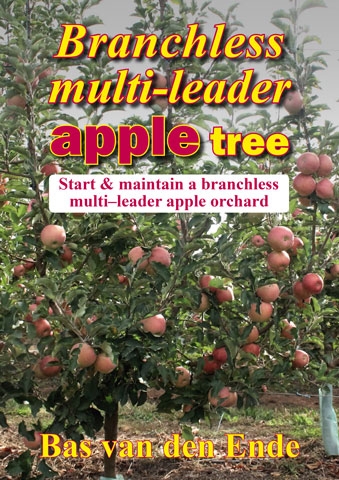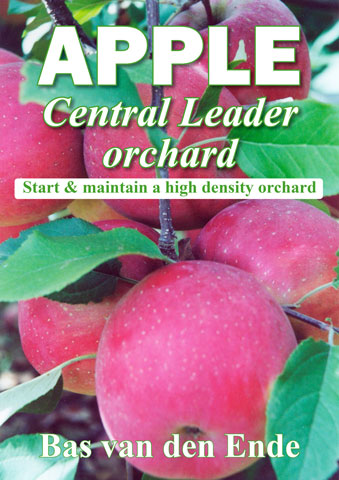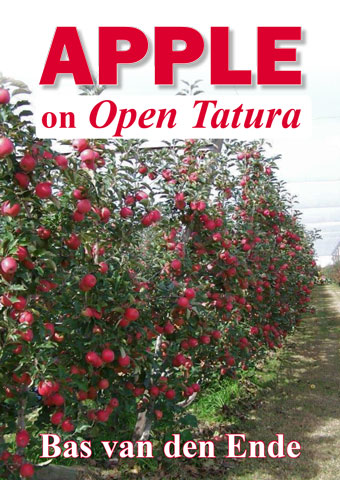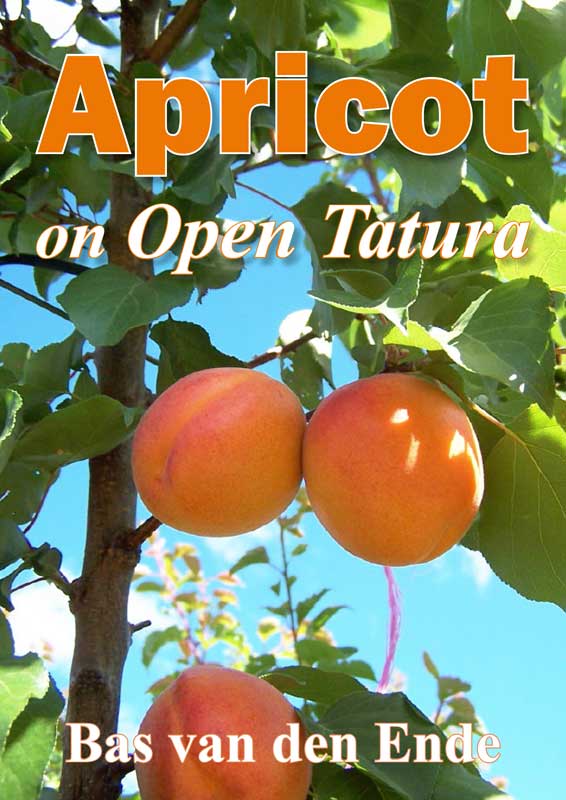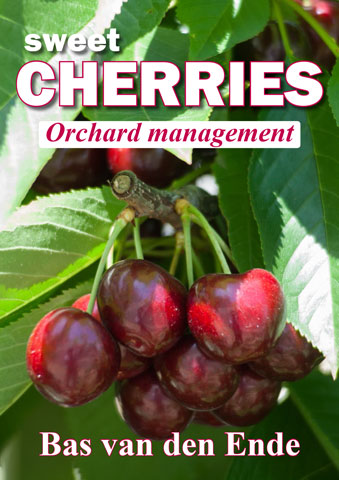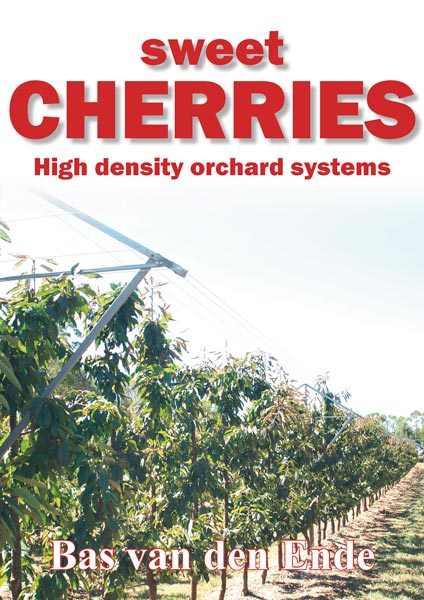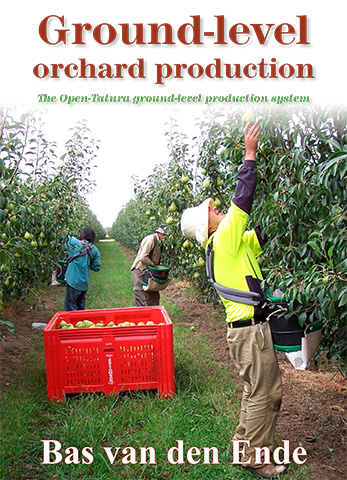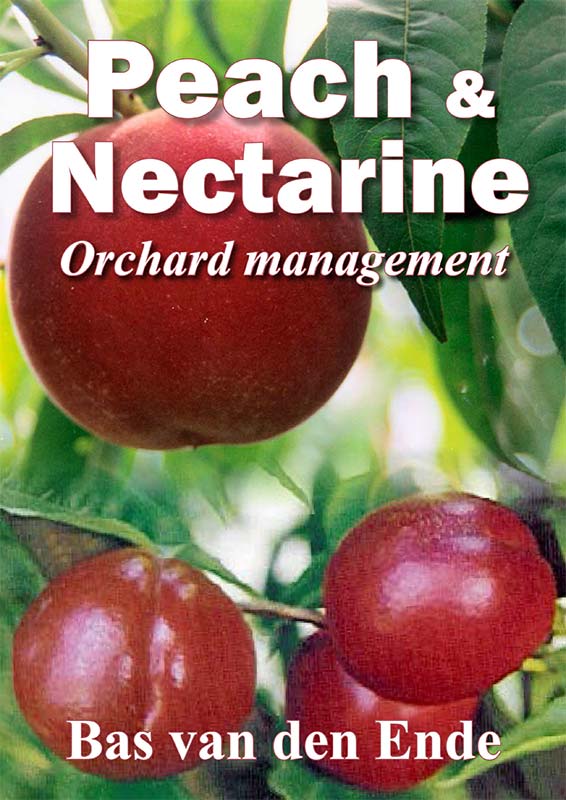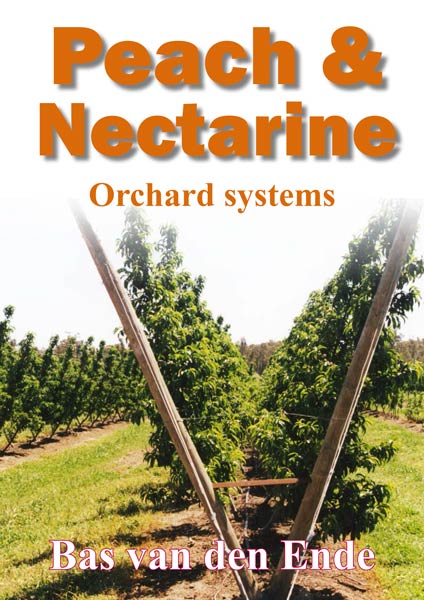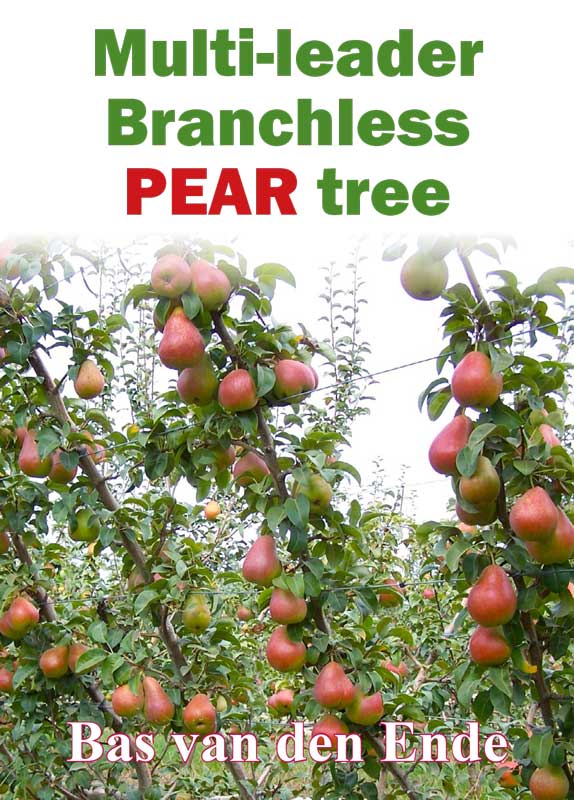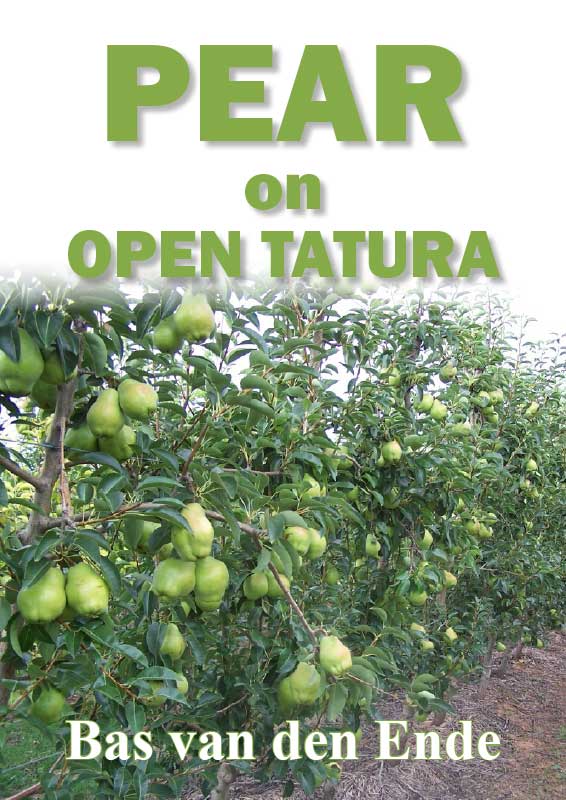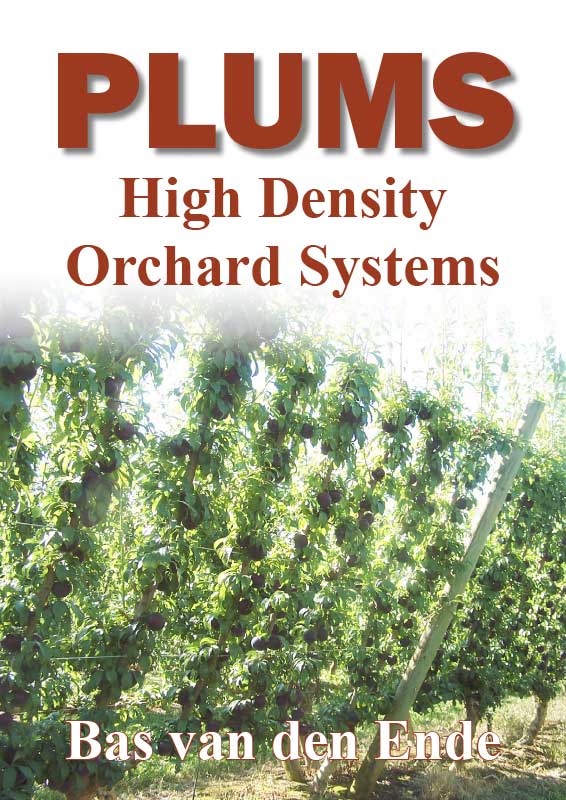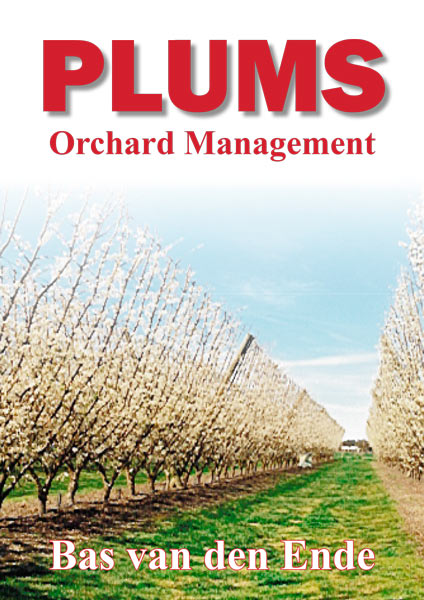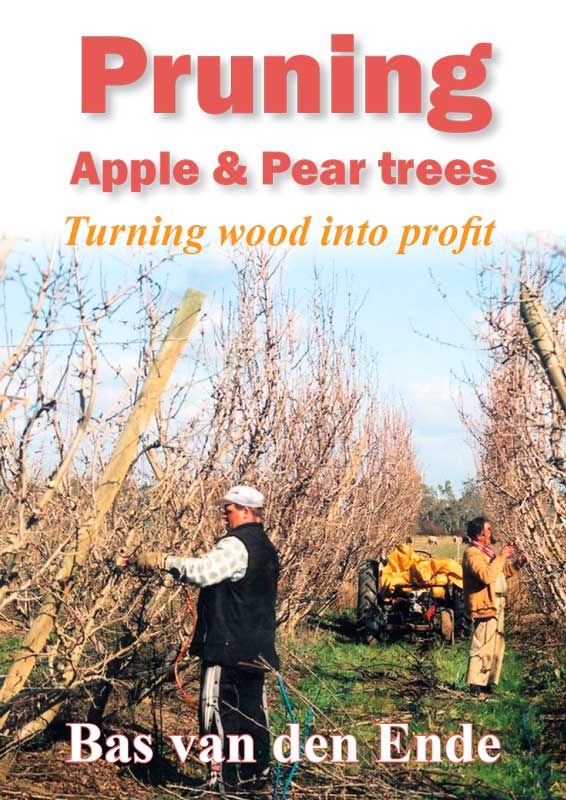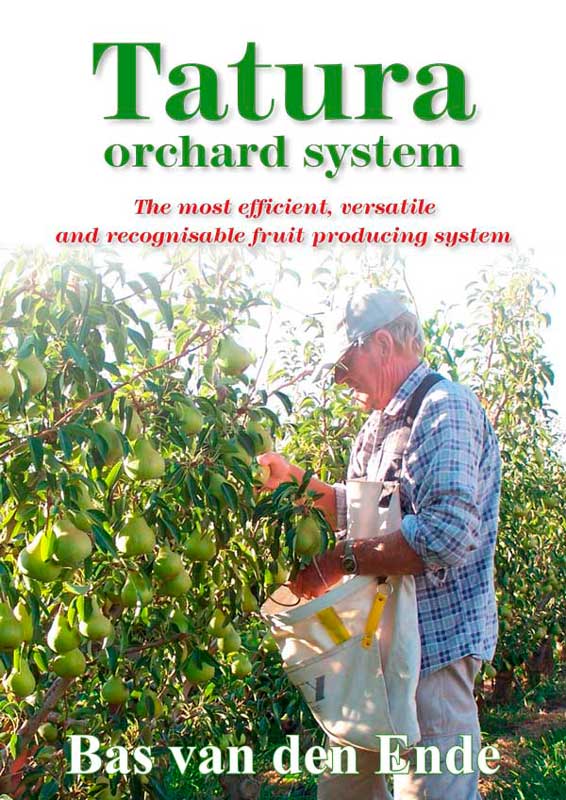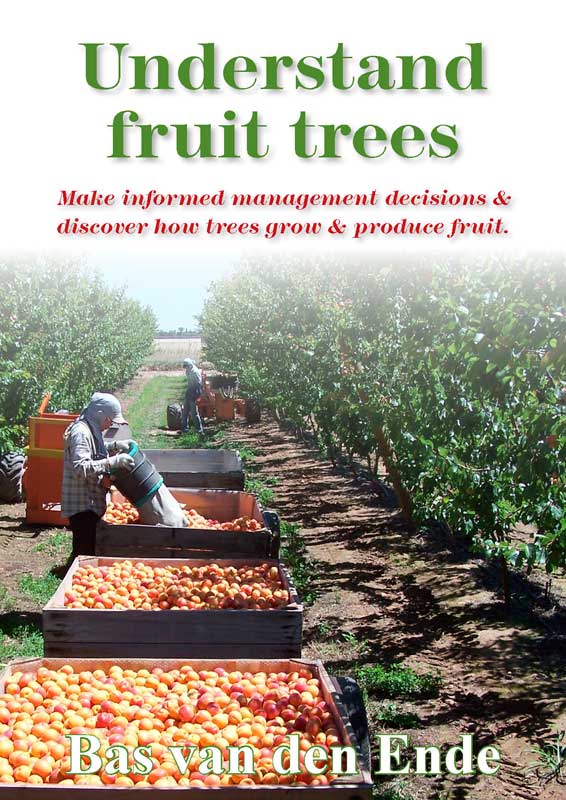While the Sunraysia Pest Free Area is enjoying their QFF freedom, the rest of Victoria is under increasing threat of crop damage from Queensland Fruit Fly.
Most of northern Victoria and throughout NSW, QFF have increased extraordinarily fast this summer and is now stinging fruit in backyards and gardens. This has put orchards close to towns under extreme QFF pressure.
This pest is considered by many as the world’s most serious insect pest of fruit and vegetable crops, so we need to know what it does, what QFF looks like and how to monitor it.
Next month we will look at control options.
Hopefully it will be interesting reading for next season and you will not need the control options for this season!
Queensland fruit fly,(Bactrocera tryoni) QFF or Qfly, is a native of Australia. QFF has a very wide host range which enables large populations to develop in diverse areas which then act as reservoirs for invasions into crops.
QFF infests over 100 fruit and vegetable crops. The main tree fruit crops are apples, cherries, nectarines, peaches, pears, plums, citrus and prunes.
It infests all commercial fruit crops except for pineapple, and over 60 species of native fruit-bearing trees in Australia.
Biology of Bactrocera tryoni
Eggs are laid beneath the skin of the host fruit.
Eggs are white and banana shaped. These hatch within 2–3 days and the larvae feed for a further 10–31 days.
Pupation occurs in the soil and is dependent on temperature.
The main means of movement and dispersal are by flight and by people carrying infested fruit into uninfected areas.
Up to 70 individuals have been reported as developing from a single fruit.
Nature of damage
Maggots have cutting jaws which help to tear the fruit into pieces small enough to swallow.
Maggots tend to eat towards the centre of the fruit. This also promotes rot and decay of the fruit. Externally the fruit may look perfect.
When the maggot has completed growing it chews its way out of the fruit, which by then has usually fallen, and burrows into the soil.
Attacked fruit will usually show signs of punctures where the female stings the fruit to lay her eggs. Fruit with high sugar content, such as peaches, may exude a sugary liquid, which usually solidifies adjacent to the QFF sting.
The maggots have a tendency to jump when they are disturbed from their fruit. They bend into a ‘c’ and can jump quite a distance.
 Male traps for QFF—monitoring
Male traps for QFF—monitoring
The male QFF is attracted into the trap by the Cuelure parpheromone and is killed by an insecticide.
There are a number of designs but the Steiner style traps appear to be the most sensitive.
Trapping guidelines
The following notes are guidelines of general nature and meant to give you a head start in implementing a pheromone monitoring program.
Local conditions and practices can vary and can lead to customisation of the program.
Trap position
Place traps inside the tree canopy, on the south or east side of the tree, in the shade.
Male flies tend to fly in the morning or late afternoon. During the heat of the day they tend to rest in the shade in the canopy of the tree.
Position the traps in areas that may be open to QFF incursion. This can be the orchard area close to towns, neighbours, roads, or previous outbreak areas.
How many traps
How many traps do you need? At this time three to four per orchard may be enough—depending on the size and location of your orchard.
If QFF are caught, placing more traps around that area will help to locate the source of the QFF incursion.
Trap data and interpretation
Now that we are into mid-summer, the male QFF is very active and will be moving around looking for a mate.
Traps for male QFF give early warning of the presence of QFF in your orchard. This is an early warning system and is an alert to a low level of population.
Check the traps weekly, and more often if you are near a previous outbreak or close to QFF populations.
Decisions on pesticide application should not be taken solely on the trap catch data.
Check with your advisor or agronomist on QFF in your area and control options.
There are ICA requirements in moving fruit around the state.
Lure & trap maintenance
Lures can be changed every 4–6 weeks to get the most accurate results.
Pheromone lures are very sensitive. They can be affected by exposure to high temperatures and direct sunshine. Touching the lure may cause cross contamination leading to mixed catches in the trap.
Some contaminants such as nicotine may have a repellent effect, reducing trap catch.
Store lures in a cool dry place.
Shelf life can vary from 3–36 months depending on the storage temperature.
For more information and photos, see Tree Fruit, January 2013

